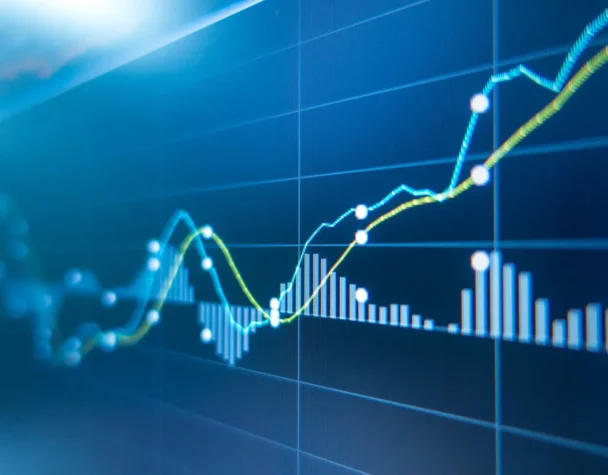
ETF Markets Rattle as U.S. Tariffs Trigger Broad Selloff
Mon, April 07, 2025Equity ETFs Slide on Tariff-Induced Market Rout
Exchange-traded funds (ETFs) are facing heightened volatility as sweeping U.S. tariffs spark a wave of global market uncertainty. On April 4, 2025, the S&P 500 plunged by 6%, wiping out more than $2.5 trillion in market value, one of the sharpest declines in recent memory. This downturn sent shockwaves through broad-market ETFs, especially those tied to major indices such as the SPDR S&P 500 ETF Trust (SPY) and Vanguard Total Stock Market ETF (VTI).
According to The Guardian, the market fallout was triggered by the U.S. administration’s aggressive tariff measures, including a baseline 10% import tax and elevated rates on goods from China and the European Union. The move has rattled investor confidence, leading to a selloff across equities and sharp inflows into defensive assets.
As risk sentiment deteriorates, growth-oriented ETFs, including those focused on technology and consumer discretionary sectors, have underperformed. Investors are rapidly pivoting away from high-volatility segments, favoring funds with exposure to more stable, recession-resistant industries.
Defensive and Gold Miner ETFs Shine Amid Uncertainty
Despite the broader selloff, some corners of the ETF universe are emerging as safe havens. Gold miner ETFs, such as the WisdomTree Efficient Gold Plus Gold Miners Strategy Fund (GDMN), have seen a notable uptick in performance as investors flock to commodities and commodity-linked equities. This surge is fueled by renewed demand for gold as a hedge against both market volatility and inflation.
Sector-focused ETFs in defensive industries—including consumer staples, utilities, and healthcare—have also outperformed their cyclical counterparts. Funds like the Utilities Select Sector SPDR Fund (XLU) and Health Care Select Sector SPDR Fund (XLV) have gained traction among investors seeking stability amid geopolitical and economic unpredictability.
In addition, fixed-income ETFs are drawing increased attention as investors shift capital into lower-risk assets. This includes both Treasury bond ETFs and short-duration corporate bond funds, reflecting a growing preference for capital preservation in portfolios.
According to MarketWatch, this market environment may persist as long as uncertainty around trade policies remains elevated, prompting investors to continue seeking safer asset classes within the ETF space.
ETF Outlook: Navigating a Trade-Driven Market Shakeup
Looking forward, ETF markets are likely to remain reactive to trade headlines and broader economic indicators. The potential for continued tariff escalations, particularly between the U.S. and China, could keep equity markets under pressure and fuel ongoing rotation into defensive and alternative asset ETFs.
For investors, the current climate underscores the importance of diversification and strategic sector allocation. While short-term volatility may continue, ETFs remain a flexible vehicle for navigating changing market conditions. Those with exposure to resilient sectors and inflation-sensitive assets may fare better as geopolitical and economic headwinds persist.
In summary, while broad equity ETFs face headwinds, niche and defensive ETFs offer refuge as the market adjusts to a rapidly evolving global landscape.

